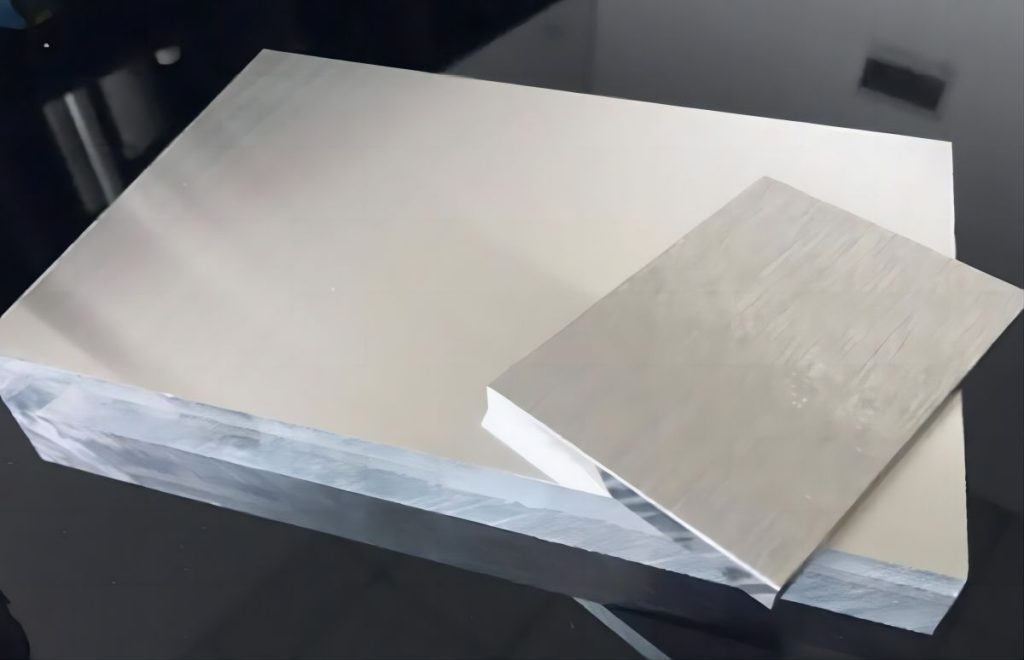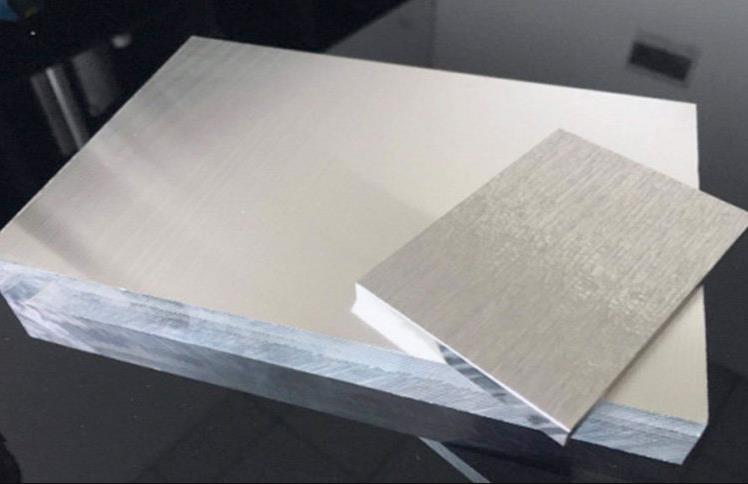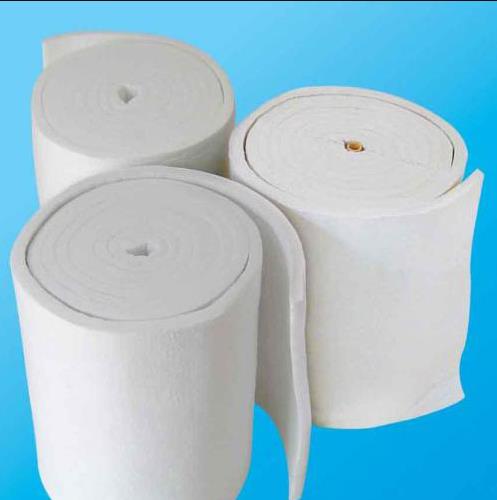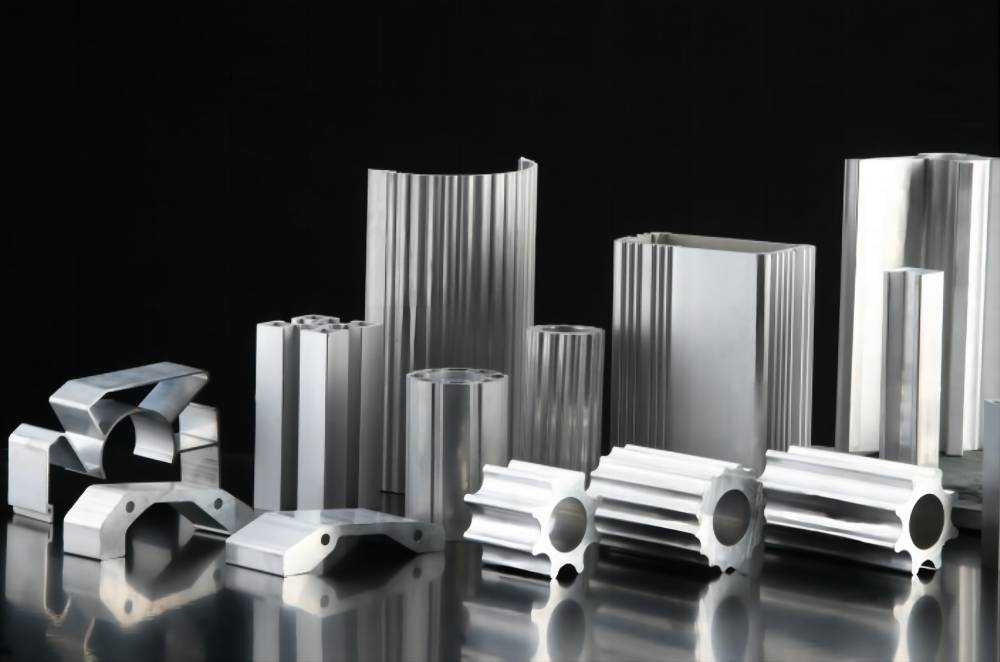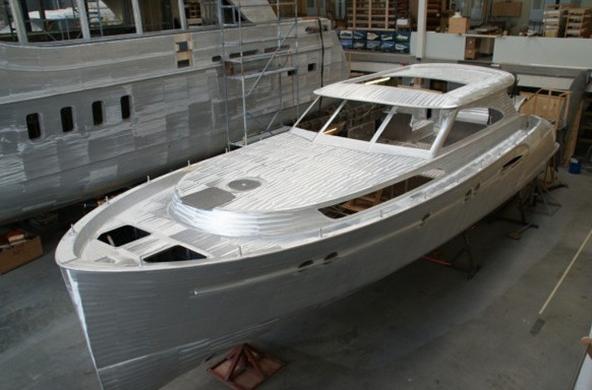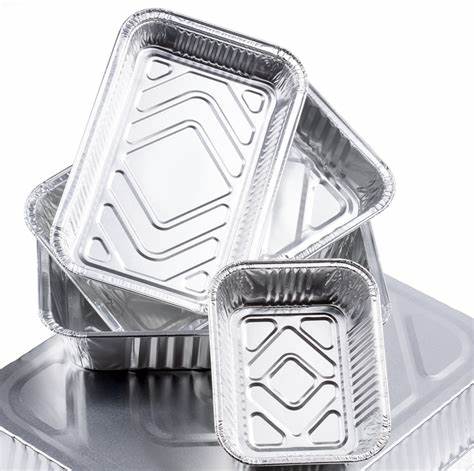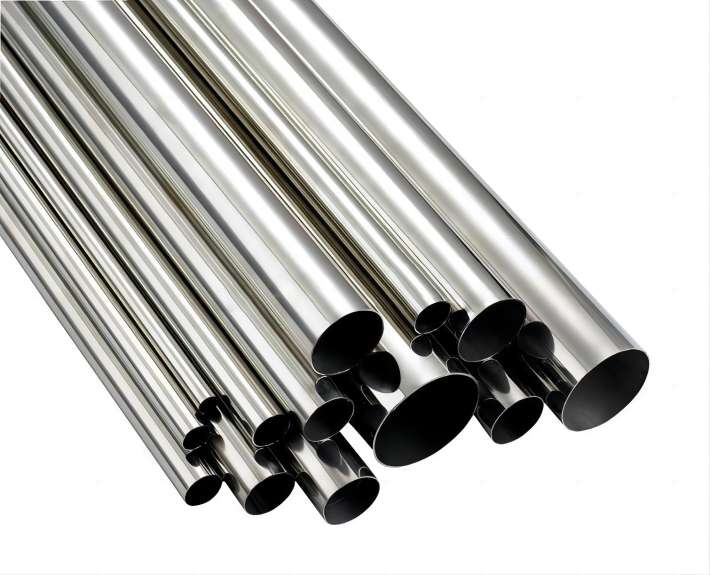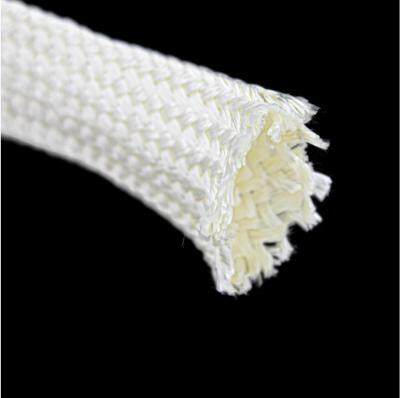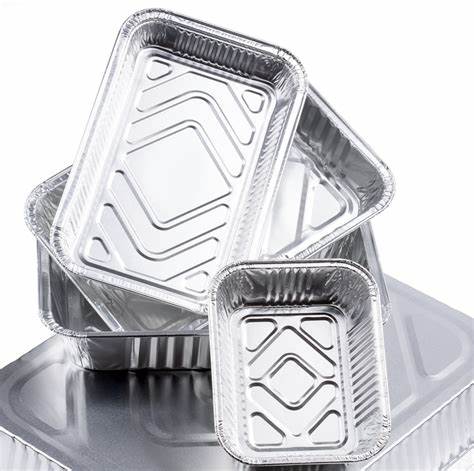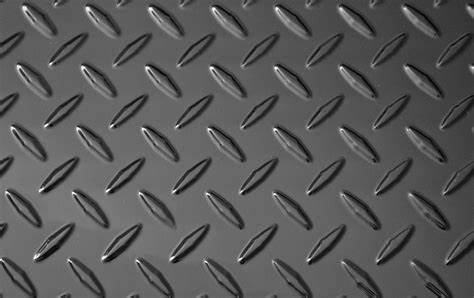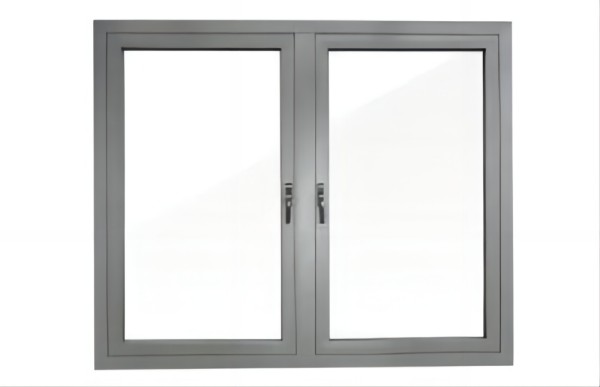Aluminum Tooling Plate VS 6061 Aluminum Plate: A Comparison of Properties and Applications
Aluminum is a versatile material that finds extensive use in various industries due to its excellent properties such as lightweight, corrosion resistance, and machinability. When it comes to specific applications, the…
Aluminum 7075 T651 vs. 6061 T6: A Comparison of Two High-Strength Alloys
Aluminum 7075 T651 and 6061 T6 are two of the most common aluminum alloys. They are both strong, lightweight, and corrosion-resistant, making them ideal materials for a variety of applications. However, they…
High-Temperature Insulation Materials: CHAL Aluminum Industry Alumina Fibers
Today, we are going to explore the preferred high-temperature insulation material for environments ranging from 1400 to 1800℃ – CHAL Aluminum Industry’s Alumina Fibers. Depending on the alumina content and crystal phase,…
What are the Aluminum Parts and Alloys in Air Conditioners?
Air conditioning systems are essential for maintaining comfortable indoor environments, and aluminum plays a vital role in their construction. Aluminum’s favorable properties, such as its lightweight nature, corrosion resistance, and…
5052 Aluminum Sheet: What are the Unique Properties and Applications?
The world of materials and alloys is replete with countless options, but few possess the exceptional properties and versatility of the 5052 aluminum sheet. With its unique combination of corrosion resistance,…
The Benefits of Using Aluminum Foil for Food Packaging
Aluminum foil is a versatile and convenient material that is used for a variety of food packaging applications. It is known for its excellent barrier properties, lightweight, and ease of processing…
How Seamless Aluminum Tubes are Made?
Seamless aluminum tubes are manufactured using a process called piercing extrusion. In this process, a solid aluminum billet is heated to a high temperature and then forced through a die, which creates a…
Alumina Fibers: From Spinning Solution to Finished Product
Alumina fiber is a type of ceramic fiber made from aluminum oxide (Al2O3). It is a white, non-conducting material with high strength, high melting point, and good chemical resistance. Alumina fibers are…
Ceramic Fibers: A Versatile Material with a Wide Range of Applications
Ceramic fibers are a versatile material that is used in a wide variety of applications. They are characterized by their high strength, high temperature resistance, and chemical inertness. Ceramic fibers are…
The Advantages of Using Aluminum Foil Containers: Convenience, Efficiency, and Environmental Benefits
Aluminum foil containers have become a popular choice for cooking, baking, and food storage purposes. These versatile containers offer numerous advantages that make them a go-to option for both professionals in…
Aluminum Checker Plate vs. Aluminum Diamond Plate: Surface Treatment Differences
Aluminum checker plate and aluminum diamond plate are both types of metal sheets with a raised, textured surface. The two materials are often used interchangeably, but there are some key differences between…
Aluminum Sliding Windows vs. Aluminum Swing Windows: Which is Right for You?
Aluminum sliding windows and aluminum swing windows are both popular choices for homes and businesses. They are both made of durable aluminum material and can withstand harsh weather conditions. However, there…

